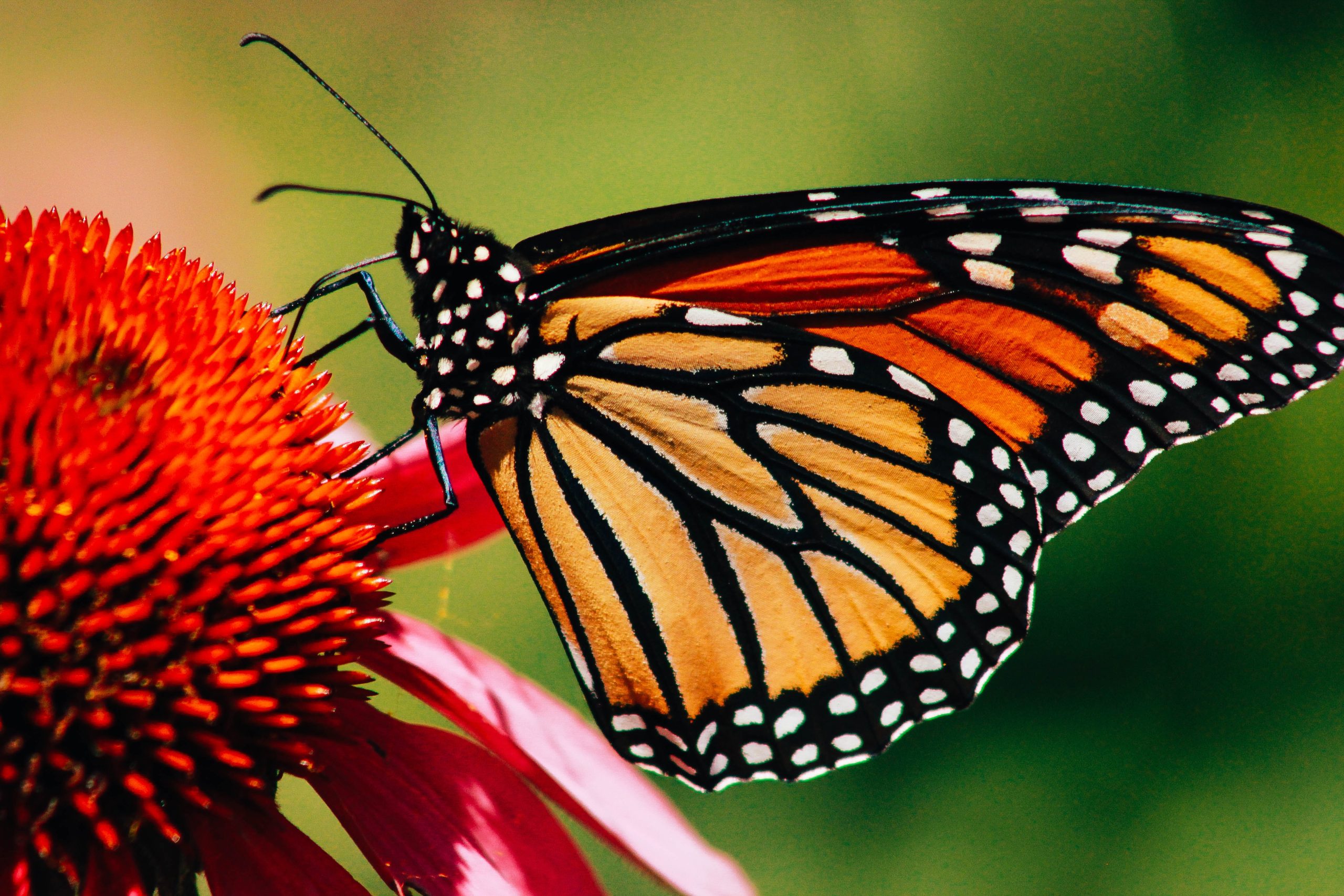
Willie R. Tubbs, FISM News
[elfsight_social_share_buttons id=”1″]
Anyone who has ever been stilled by the simple, elegant beauty of a monarch butterfly likely felt a great sense of dread when stories began circulating late last week that the species’ numbers have dwindled to alarming rates. While the fate of the monarch has reached a critical and serious point, some scientists have offered a way people can help.
Late last week, the International Union for Conservation of Nature (IUCN) added the monarch butterfly to its Red List of Threatened Species, citing habitat loss and climate change as the primary reasons for a population drop of between 22 and 72%.
“Legal and illegal logging and deforestation to make space for agriculture and urban development has already destroyed substantial areas of the butterflies’ winter shelter in Mexico and California,” a release from IUCN reads, “while pesticides and herbicides used in intensive agriculture across the range kill butterflies and milkweed, the host plant that the larvae of the monarch butterfly feed on.”
According to one expert, the butterfly’s food and shelter are the key to rehabilitating the monarch.
In an informative and far-more-detailed report from WLTX-TV – the CBS affiliate located in Columbus, South Carolina – Jackie Jordan, an agent at Clemson University’s Cooperative Extension, said people with the space and desire to help need only provide monarchs with access to milkweed and flowering plants that bloom in multiple seasons (Jordan mentioned marigolds or zinnias).
The butterflies lay their eggs in the milkweed, which serves as a food source and shelter for the larvae that turn into the caterpillars that eventually emerge as monarchs. Adult monarchs can acquire nourishment from the flowers and, in turn, pollinate the plants in between making their thousands-of-miles migrations across the continent.
“If a homeowner wants to do something about it, they don’t have to put in a huge garden,” Jordan told WLTX. “It’s a matter of just a few plants.”
In the meantime, environmentalists will continue to nervously monitor monarch numbers. According to IUCN, the populations most at risk are those found in the West.
“It is difficult to watch monarch butterflies and their extraordinary migration teeter on the edge of collapse, but there are signs of hope,” said Anna Walker, a member of the IUCN SSC Butterfly and Moth Specialist Group and the person who led the monarch butterfly assessment. “So many people and organizations have come together to try and protect this butterfly and its habitats. From planting native milkweed and reducing pesticide use to supporting the protection of overwintering sites and contributing to community science, we all have a role to play in making sure this iconic insect makes a full recovery.”
